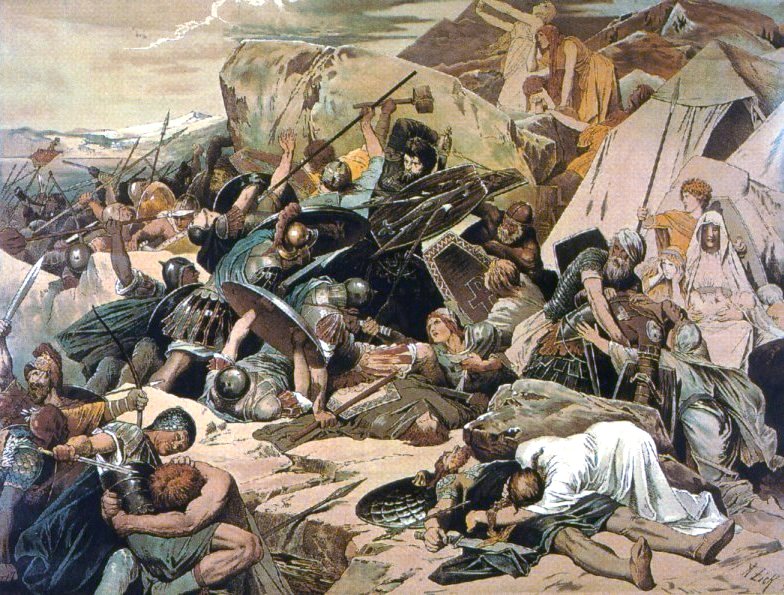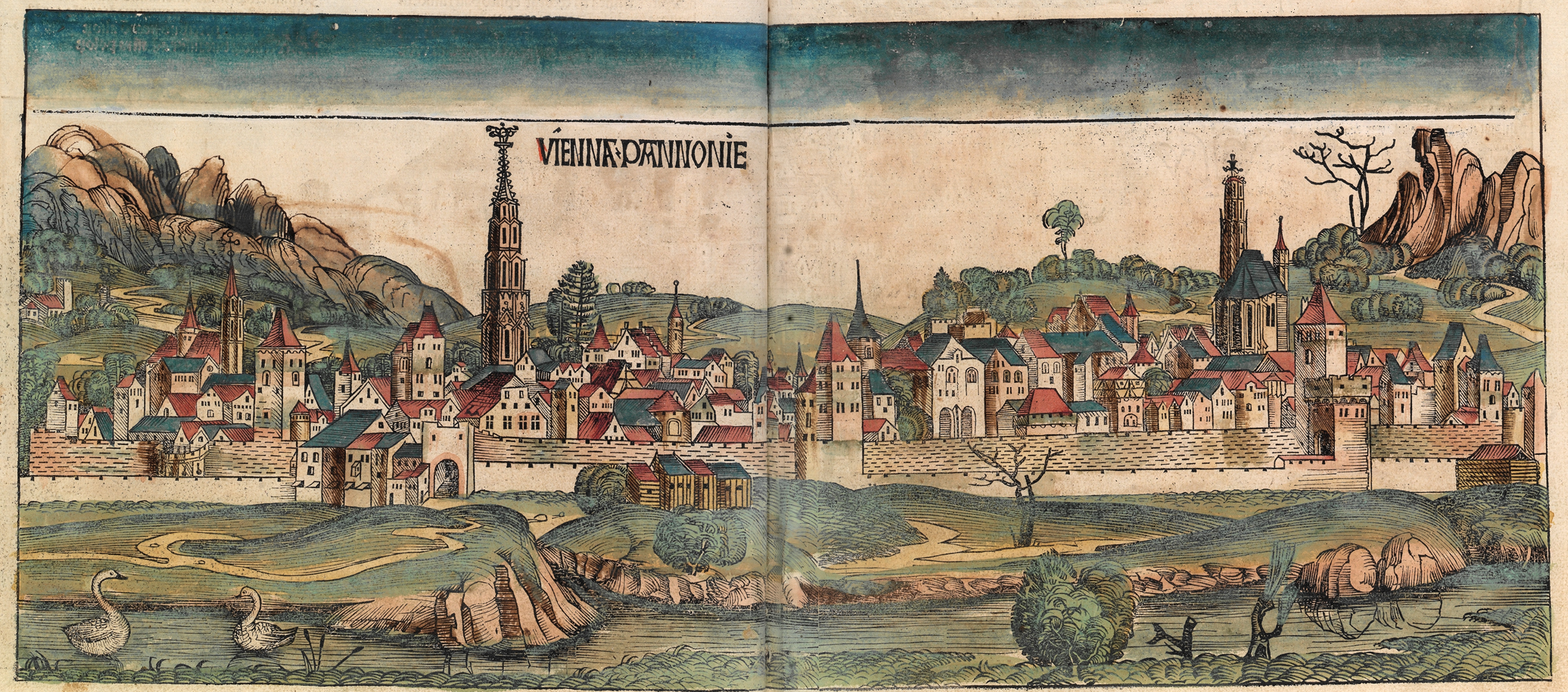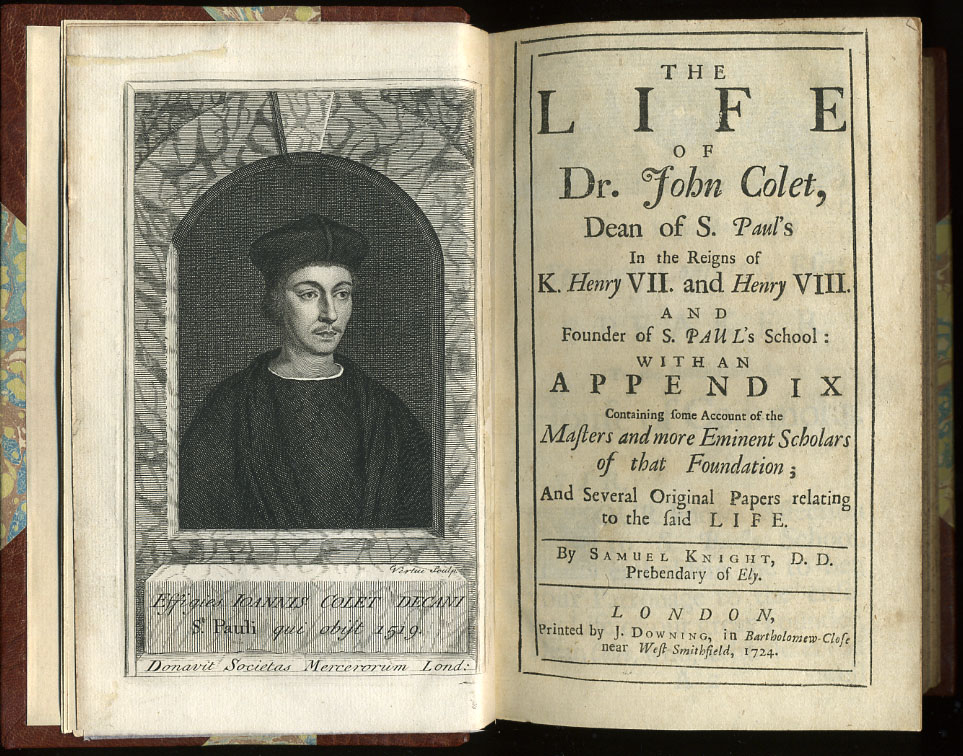|
E. Ray Lankester
Sir Edwin Ray Lankester (15 May 1847 – 13 August 1929) was a British zoologist.New International Encyclopaedia. An invertebrate zoologist and evolutionary biologist, he held chairs at University College London and Oxford University. He was the third Director of the Natural History Museum, London, and was awarded the Copley Medal of the Royal Society. Life Ray Lankester was born on 15 May 1847 on Burlington Street in London, the son of Edwin Lankester, a coroner and doctor-naturalist who helped eradicate cholera in London, and his wife, the botanist and author Phebe Lankester. Ray Lankester was probably named after the naturalist John Ray: his father had just edited the memorials of John Ray for the Ray Society. In 1855 Ray went to boarding school at Leatherhead, and in 1858 to St Paul's School. His university education was at Downing College, Cambridge, and Christ Church, Oxford; he transferred from Downing, after five terms, at his parents' behest because Christ Church ... [...More Info...] [...Related Items...] OR: [Wikipedia] [Google] [Baidu] |
Zoology
Zoology ( , ) is the scientific study of animals. Its studies include the anatomy, structure, embryology, Biological classification, classification, Ethology, habits, and distribution of all animals, both living and extinction, extinct, and how they interact with their ecosystems. Zoology is one of the primary branches of biology. The term is derived from Ancient Greek , ('animal'), and , ('knowledge', 'study'). Although humans have always been interested in the natural history of the animals they saw around them, and used this knowledge to domesticate certain species, the formal study of zoology can be said to have originated with Aristotle. He viewed animals as living organisms, studied their structure and development, and considered their adaptations to their surroundings and the function of their parts. Modern zoology has its origins during the Renaissance and early modern period, with Carl Linnaeus, Antonie van Leeuwenhoek, Robert Hooke, Charles Darwin, Gregor Mendel a ... [...More Info...] [...Related Items...] OR: [Wikipedia] [Google] [Baidu] |
Edwin Lankester
Edwin Lankester FRS, FRMS, MRCS (23 April 1814 – 30 October 1874) was an English surgeon and naturalist who made a major contribution to the control of cholera in London: he was the first public analyst in England. Life Edwin Lankester was born in 1814 in Melton, near Woodbridge in Suffolk, to 'poor but clever parents' according to his son E. Ray Lankester (Lester 1995). His father was a builder. Edwin married Phebe Pope in 1845, daughter of a former mill-owner. She was 19 at the time of marriage, became a botanist and microscopist, published books for children and wrote natural history articles. They had a total of eleven children of whom eight survived – four boys and four girls. Thomas Henry Huxley became a close friend of the family, and visited often. John Stevens Henslow, Darwin's tutor, was also a family friend. A born teacher, he introduced Edwin's son Ray to the delights of fossil collecting. Through his association with East Suffolk and his friendship with ... [...More Info...] [...Related Items...] OR: [Wikipedia] [Google] [Baidu] |
Naples
Naples ( ; ; ) is the Regions of Italy, regional capital of Campania and the third-largest city of Italy, after Rome and Milan, with a population of 908,082 within the city's administrative limits as of 2025, while its Metropolitan City of Naples, province-level municipality is the third most populous Metropolitan cities of Italy, metropolitan city in Italy with a population of 2,958,410 residents, and the List of urban areas in the European Union, eighth most populous in the European Union. Naples metropolitan area, Its metropolitan area stretches beyond the boundaries of the city wall for approximately . Naples also plays a key role in international diplomacy, since it is home to NATO's Allied Joint Force Command Naples and the Parliamentary Assembly of the Mediterranean. Founded by Greeks in the 1st millennium BC, first millennium BC, Naples is one of the oldest continuously inhabited urban areas in the world. In the eighth century BC, a colony known as Parthenope () was e ... [...More Info...] [...Related Items...] OR: [Wikipedia] [Google] [Baidu] |
Stazione Zoologica
The Stazione Zoologica Anton Dohrn is a research institute in Naples, Italy, devoted to basic research in biology. Research is largely interdisciplinary involving the fields of evolution, biochemistry, molecular biology, neurobiology, cell biology, biological oceanography, marine botany, molecular plant biology, benthic ecology, and ecophysiology. Founded in 1872 as a private concern by Anton Dohrn, in 1982 the Stazione Zoologica came under the supervision and control of the Ministero dell'Università e della Ricerca Scientifica e Tecnologica (Ministry of Universities and Scientific and Technological Research) as a National Institute. History The idea Dohrn's idea was to establish an international scientific community provided with laboratory space, equipment, research material and a library. This was supported and funded by the German Government, Thomas Henry Huxley, Charles Darwin, Francis Balfour and Charles Lyell among others. Dohrn provided a substantial sum himself ... [...More Info...] [...Related Items...] OR: [Wikipedia] [Google] [Baidu] |
Jena
Jena (; ) is a List of cities and towns in Germany, city in Germany and the second largest city in Thuringia. Together with the nearby cities of Erfurt and Weimar, it forms the central metropolitan area of Thuringia with approximately 500,000 inhabitants, while the city itself has a population of about 110,000. Jena is a centre of education and research. The University of Jena (formally the Friedrich Schiller University) was founded in 1558 and had 18,000 students in 2017 and the Ernst-Abbe-Hochschule Jena serves another 5,000 students. Furthermore, there are many institutes of the leading German research societies. Jena was first mentioned in 1182 and stayed a small town until the 19th century, when industry developed. For most of the 20th century, Jena was a world centre of the optical industry around companies such as Carl Zeiss AG, Carl Zeiss, Schott AG, Schott and Jenoptik (since 1990). As one of only a few medium-sized cities in Germany, it has some high-rise buildings in t ... [...More Info...] [...Related Items...] OR: [Wikipedia] [Google] [Baidu] |
Leipzig
Leipzig (, ; ; Upper Saxon: ; ) is the most populous city in the States of Germany, German state of Saxony. The city has a population of 628,718 inhabitants as of 2023. It is the List of cities in Germany by population, eighth-largest city in Germany and is part of the Central German Metropolitan Region. The name of the city is usually interpreted as a Slavic term meaning ''place of linden trees'', in line with many other Slavic placenames in the region. Leipzig is located about southwest of Berlin, in the southernmost part of the North German Plain (the Leipzig Bay), at the confluence of the White Elster and its tributaries Pleiße and Parthe. The Leipzig Riverside Forest, Europe's largest intra-city riparian forest, has developed along these rivers. Leipzig is at the centre of Neuseenland (''new lake district''). This district has Bodies of water in Leipzig, several artificial lakes created from former lignite Open-pit_mining, open-pit mines. Leipzig has been a trade city s ... [...More Info...] [...Related Items...] OR: [Wikipedia] [Google] [Baidu] |
Vienna
Vienna ( ; ; ) is the capital city, capital, List of largest cities in Austria, most populous city, and one of Federal states of Austria, nine federal states of Austria. It is Austria's primate city, with just over two million inhabitants. Its larger metropolitan area has a population of nearly 2.9 million, representing nearly one-third of the country's population. Vienna is the Culture of Austria, cultural, Economy of Austria, economic, and Politics of Austria, political center of the country, the List of cities in the European Union by population within city limits, fifth-largest city by population in the European Union, and the most-populous of the List of cities and towns on the river Danube, cities on the river Danube. The city lies on the eastern edge of the Vienna Woods (''Wienerwald''), the northeasternmost foothills of the Alps, that separate Vienna from the more western parts of Austria, at the transition to the Pannonian Basin. It sits on the Danube, and is ... [...More Info...] [...Related Items...] OR: [Wikipedia] [Google] [Baidu] |
Lester
Lester is an ancient Anglo-Saxon surname and given name. People Given name * Lester Bangs (1948–1982), American music critic * Lester Oliver Bankhead (1912–1997), American architect * Lester W. Bentley (1908–1972), American artist from Wisconsin * Lester Bird (1938–2021), second prime minister of Antigua and Barbuda (1994–2004) * Lester D. Boronda (1886–1953), American painter, furniture designer, sculptor * Lester Cotton (born 1996), American football player * Lester del Rey (1915–1993), American science fiction author and editor * Lester Ellis (born 1965), Australian former professional boxer * Lester Flatt (1914–1979), American bluegrass musician * Lester Gillis (1908–1934), better known as Baby Face Nelson, American gangster * Les Gold (born 1950), American pawnbroker and reality TV star * Lester Holt (born 1959), American television journalist * Lester Charles King (1907–1989), English geomorphologist * Lester Lanin (1907–2004), American jaz ... [...More Info...] [...Related Items...] OR: [Wikipedia] [Google] [Baidu] |
George Rolleston
George Rolleston (30 July 1829 – 16 June 1881) was an English physician and zoologist. He was the first Linacre Professor of Anatomy and Physiology to be appointed at the University of Oxford, a post he held from 1860 until his death in 1881. Rolleston, a friend and protégé of Thomas Henry Huxley, was an evolutionary biologist. Life Rolleston was born at Maltby Hall, near Rotherham, Yorkshire, England. His parents were Rev. George Rolleston (rector and squire of Maltby) and Anne Nettleship; his brother, William Rolleston, became a prominent politician in New Zealand. Rolleston was educated at Queen Elizabeth's Grammar School, Gainsborough; Sheffield Collegiate School; Pembroke College, Oxford and St Bartholomew's Hospital, London. He qualified with the degrees of BA (1850, 1st Class), MA and MD. The same year he entered Pembroke College, Oxford, and took a First Class in Classics. After qualifying as a physician, Rolleston became a Fellow of Pembroke College in 1851, h ... [...More Info...] [...Related Items...] OR: [Wikipedia] [Google] [Baidu] |
St Paul's School (London)
St Paul's School is a Selective school, selective Private schools in the United Kingdom, independent day school (with limited boarding school, boarding) for boys aged 13–18, founded in 1509 by John Colet and located on a 43-acre site by River Thames, the Thames in London. St Paul's was one of nine English Public school (United Kingdom), public schools investigated by the Clarendon Commission, which subsequently became known as the Clarendon Commission, Clarendon schools. However, the school successfully argued that it was a private school and consequently was omitted from the Public Schools Act 1868, as was Merchant Taylors' School, Northwood, Merchant Taylors', the other day school within the scope of George Villiers, 4th Earl of Clarendon, Lord Clarendon's terms of reference. Since 1881, St Paul's has had its own Preparatory school (UK), preparatory school, St Paul's Juniors (formerly St Paul's Juniors, Colet Court), which since 1968 has been located on the same site. The ... [...More Info...] [...Related Items...] OR: [Wikipedia] [Google] [Baidu] |
Leatherhead
Leatherhead is a town in the Mole Valley district of Surrey, England, about south of Central London. The settlement grew up beside a ford on the River Mole, from which its name is thought to derive. During the late Anglo-Saxons, Anglo-Saxon period, Leatherhead was a royal vill and is first mentioned in the will and testament, will of Alfred the Great in 880 AD. The first bridge across the Mole may have been constructed in around 1200 and this may have coincided with the expansion of the town and the enlargement of the parish church. For much of its history, Leatherhead was primarily an agricultural settlement, with a weekly marketplace, market being held until the mid-Elizabethan era. The construction of turnpike trust, turnpike roads in the mid-18th century and the arrival of the railways in the second half of the 19th century attracted newcomers and began to stimulate the local economy. Large-scale manufacturing industries arrived following the end of the First World War an ... [...More Info...] [...Related Items...] OR: [Wikipedia] [Google] [Baidu] |
Ray Society
The Ray Society is a scientific text publication society that publishes works devoted principally to British flora and fauna. As of 2019, it had published 181 volumes. Its publications are predominantly academic works of interest to naturalists, zoologists, botanists and collectors. The society was founded in 1844, largely on the initiative of George Johnston and named after the naturalist John Ray (1627–1705). It is based at the Natural History Museum, London, and is a registered charity under English law. Publications The Ray Society's publications are concerned with natural history, and have special but not exclusive reference to British flora and fauna. They include original monographs on particular groups and topics, facsimiles of historically important volumes and translations of existing works. During Charles Darwin's lifetime, the Ray Society published not only Darwin's two volumes on living barnacles (1851 and 1854) but also the work of many of the foremost British nat ... [...More Info...] [...Related Items...] OR: [Wikipedia] [Google] [Baidu] |







